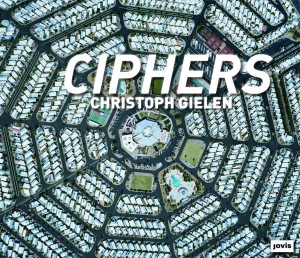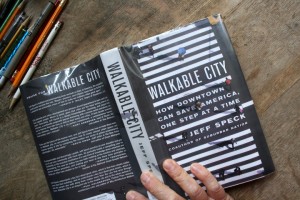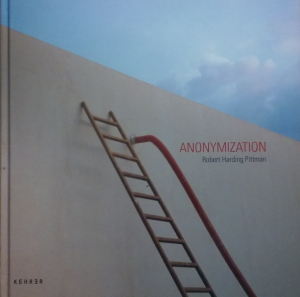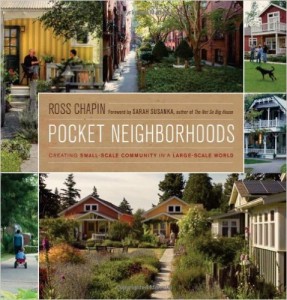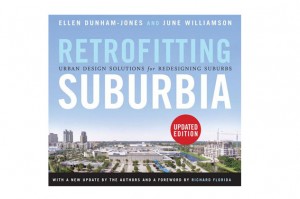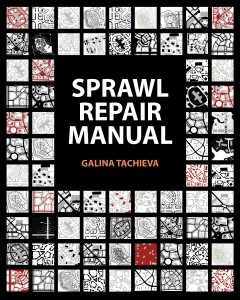Retrofitting Sprawl: Addressing Seventy Years of Failed Urban Form
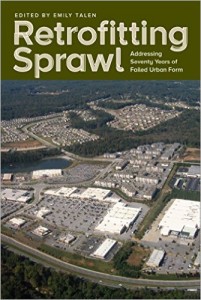
Chapter 12: Occupy sprawl, One Cul-de-Sac at a Time
Sprawl should be repaired but it will happen incrementally, slowly, at a micro scale, one element at a time. There is a need to challenge outdated regulations, bringing more flexibility, adaptability, and enterprise to subdivisions and cul-de-sacs. Galina Tachieva p. 241
